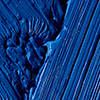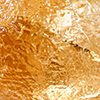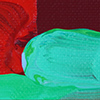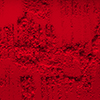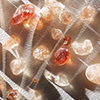Distilled Gum Turpentine
Natural dilutent and solvent for oil colours and varnishes. Greater wetting power than other artists’ solvents.
Has a pleasant pine odour. From the oleoresin of tapped Gum Thus Pine.
Distilled from the sap of live trees and for artistic use must be completely anhydrous, or water-free.
Constituents
Distilled Gum Turpentine
Product code:
012
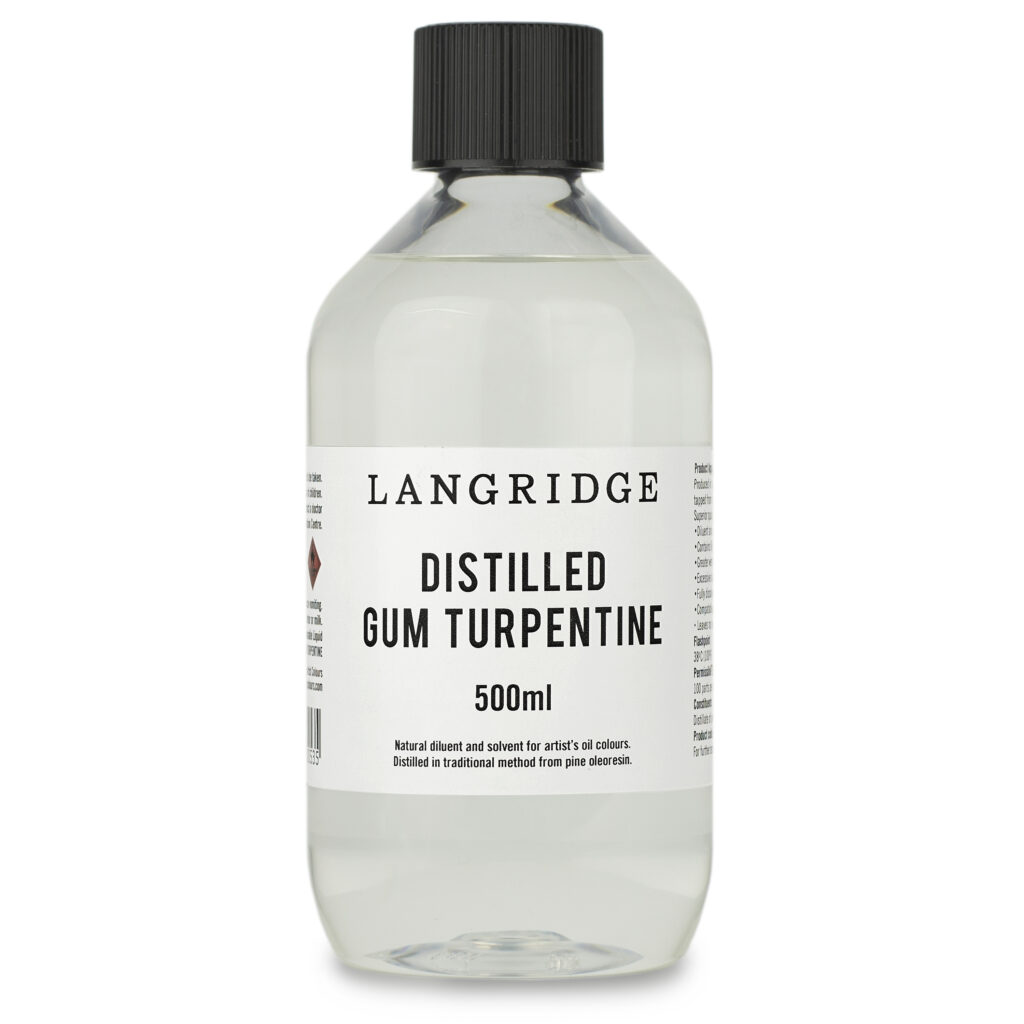
Distilled Gum Turpentine Product Information
Product Application
Langridge Distilled Gum Turpentine may be added to oil colours, drying oils and oil mediums in small quantities, used to dissolve and dilute damar resin/varnish and used to clean brushes and painting equipment.
Natural dilutent when used in small quantities with oil colours. Unlike petroleum distillate based solvents (Low Toxic Solvent, Artists Turpentine, White Spirit, etc.) its function is not solely to break-down oil but to aid in dilution, keeping the richness and fatness of the oil with which it is mixed.
Care should be taken, however, in diluting purely with Gum Turpentine as its over-use can easily underbind paint and lead to a dull, dry lifeless film with potential for dusting or flaking off.
Artists wishing to create very fluid working qualities should refer to painting mediums constructed for that purpose.
Gum Turpentine can be added to artists’ drying oils to add extra fluidity.
It is generally found that Gum Turpentine has greater wetting powers than petroleum distillates so that much smaller quantities may be added to achieve fluidity of paints and oils.
Damar Varnish
If wishing to home manufacture Damar Varnish or using Damar Varnish or a medium with a damar content then Gum Turpentine must be used to dilute or remove.
Damar resin is only fully dissolved in Gum Turpentine, petroleum distillates only partially dissolve natural resins and prevent full hardening of the resin film.
If wishing to home manufacture an artists’ synthetic varnish (Paraloid B67MT, etc.) or using a varnish or a medium with a synthetic resin content Artists’ White Spirit should be used when wishing to dilute or remove. Artists’ synthetic resins are only fully dissolved in petroleum distillates.
For cleaning brushes Langridge recommends the use of brush cleaning units or containers which have an airtight lid reducing exposure to solvent fumes as well as preventing evaporation of solvent in the container. A slightly gummy residue remains as Distilled Gum Turpentine evaporates. This is partly the result of polymerisation and oxidation and does little harm to mixtures in which it is used. However, a large quantity of Gum Turpentine allowed to evaporate by 70% in the container will contain too high a proportion of oxidised turpentine to be used safely for stable painting.
Concerns about solvents
If concerned about contact with Distilled Gum Turpentine (see related Material Safety Data Sheet) then Langridge Low Toxic Solvent or Solvent 75, both lower toxicity alternatives, can be used.
Because these latter solvents are derived from petroleum distillates, as opposed to an aromatic hydrocarbon such as Gum Turpentine, issues regarding turpentine are avoided.
Petroleum distillates solvents cannot be used for complete dissolving of damar or any natural resin.
Using solvents to matte paint
Artists wishing to have a painting with a matte reflective quality should use a matte medium added to their paints or apply a matt picture varnish once the painting is finished.
The use of solvents to matte paint is not recommended because the matte effect seen is due to the partial destruction of the paint film, leaving an unstable, underbound paint surface liable to crack or dust/flake.
Working Properties
Appearance
Langridge Distilled Gum Turpentine is a clear transparent liquid with characteristic Gum Turpentine odour.
Clean Up
For further washing apply a small quantity of Marseille or other pure olive oil soap and massage the bristles of the brush to release any remaining turpentine. Wash thoroughly in warm water. Leave to fully dry before using for oil colours.
Evaporation Times
10ml in 55mm wide open cup at 20o centigrade ambient temperature full evaporation after 2 hours.
Any airflow over the surface will evaporate the solvent more rapidly.
